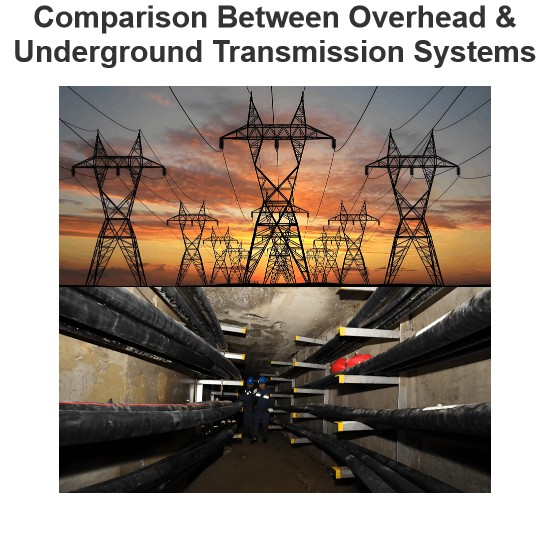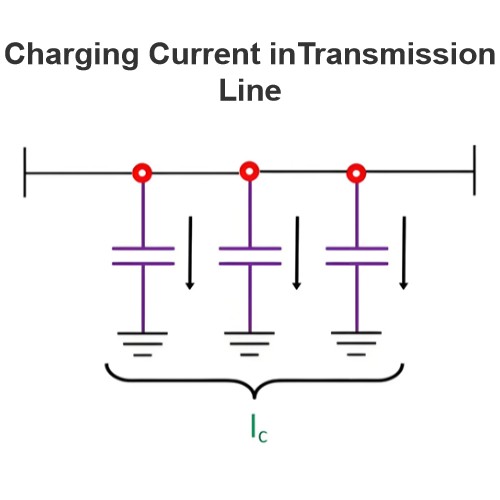What is the reason for using delta-delta connections in power transmission lines instead of other combinations?
Voltage Aspect
In a delta connection, the line voltage is equal to the phase voltage. This characteristic makes the delta connection widely used in high and medium voltage areas for power transmission in situations where higher voltages are required, as it can directly utilize the line voltage for power transmission without the need for additional voltage conversion operations, which helps reduce energy losses during the voltage conversion process.
For example, in a delta-connected three-phase load, each phase load is connected directly between two phase lines, and the load's phase voltage is the same as the line voltage of the power source (grid). This means that when a three-phase motor is connected in a delta configuration, each winding can withstand the line voltage (380V), whereas in a star connection, each winding of the motor bears the phase voltage (220V). For devices requiring high voltage, a delta connection is more advantageous.
Load Capacity Aspect
The increase in the number of nodes in a delta connection does not affect the power supply's load capacity, and in some cases, each winding in a delta connection has more power than the windings in a star connection, which allows the system to withstand greater loads and transmit more electrical energy in transmission lines.
The performance of triangle connection in stability compared to other connection methods
Voltage Stability
In a delta connection of three-phase power, even if one winding is short-circuited, the voltage of the other windings will not change significantly, and the voltage is relatively stable. In contrast, in a star connection, if one winding is short-circuited, the voltage of the other windings will quickly increase, which may affect the stable operation of the transmission line.
Electric Energy Balance Stability
The delta connection of a three-phase load can achieve rapid electrical energy balancing, making power transmission more stable and providing users with more efficient power supply, reducing issues such as fluctuations caused by energy imbalance.
Impact of Triangle Connection on Transmission Efficiency
Reduce line loss
Triangular connections can effectively reduce power outages, thereby indirectly improving transmission efficiency. The reduction in the number of power outages means better continuity of power supply, reducing energy losses caused by restarting equipment and readjusting power distribution due to power outages. Moreover, triangular connections can balance the load, thereby reducing losses during transmission and providing continuous and effective power services to users, improving the overall efficiency of the transmission line.
Characteristics of Triangle Connection in Fault Response
Fault Current Limiting Aspects
In a transformer delta connection, when one phase fails, the fault current will flow into the other two phases. Because this type of connection is not easy to generate residual current, in some cases, it can provide better fault current limitation compared to other connection methods. However, it should be noted that when a single-phase short circuit occurs in a delta connection, the short-circuit current can exceed many times the rated current of the capacitor, which can easily lead to the expansion of the accident.
Reliability Aspect
The delta connection of a three-phase load can prevent the system from overloading or short-circuiting, effectively improving the reliability of the power system. This is very important for transmission lines, as it can ensure the safety and stability of the transmission process, reducing issues such as transmission interruptions caused by faults.
The Electricity Encyclopedia is dedicated to accelerating the dissemination and application of electricity knowledge and adding impetus to the development and innovation of the electricity industry.













